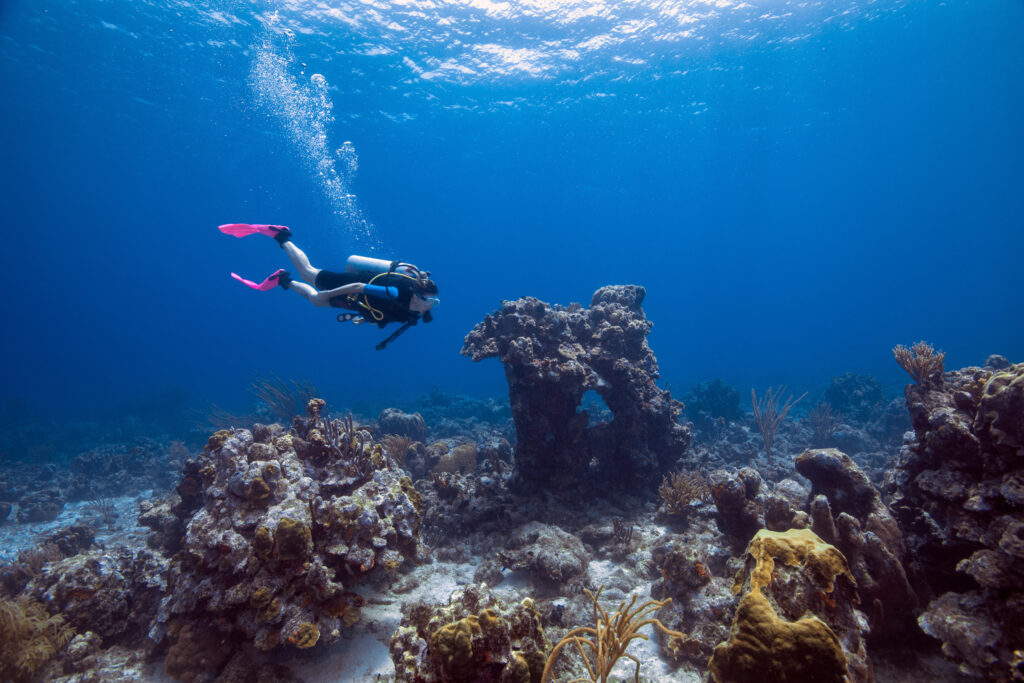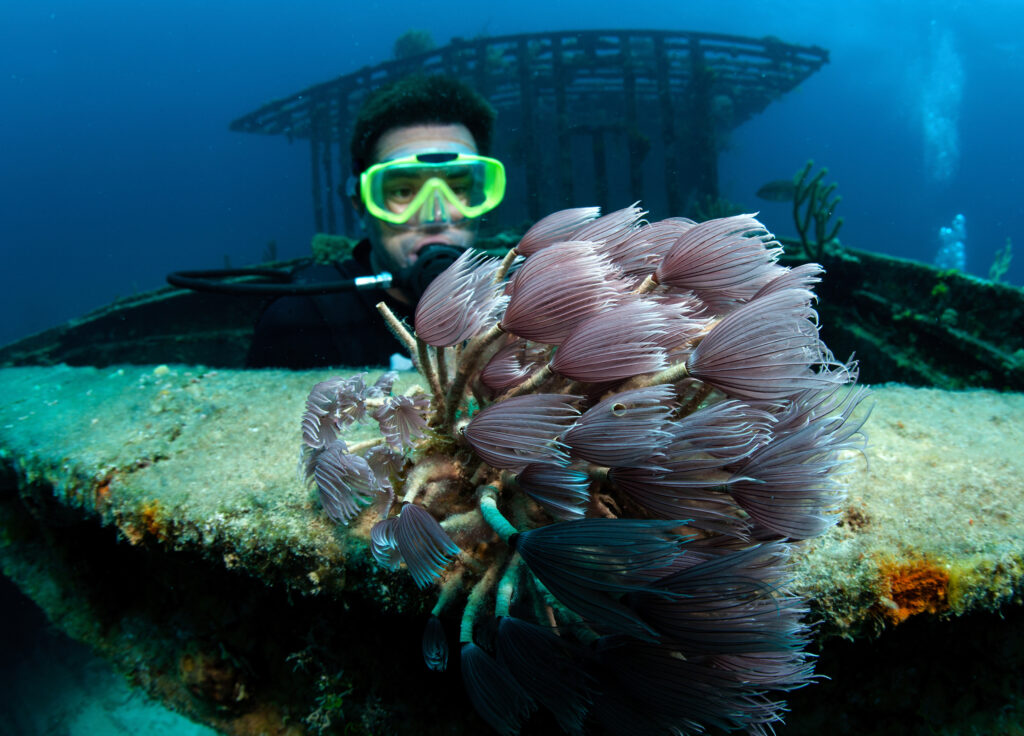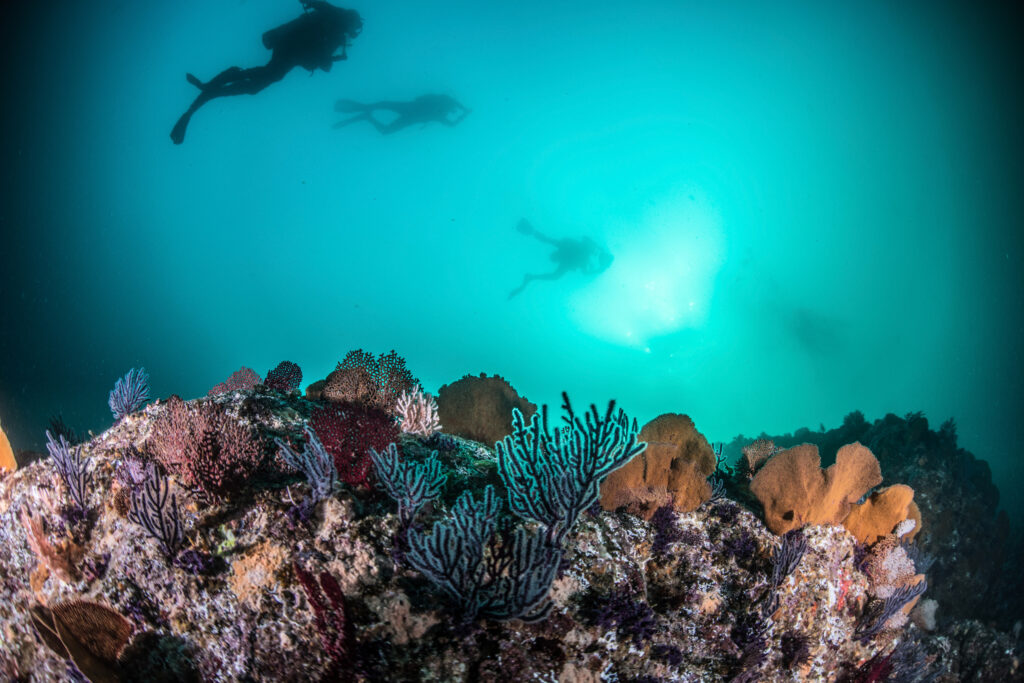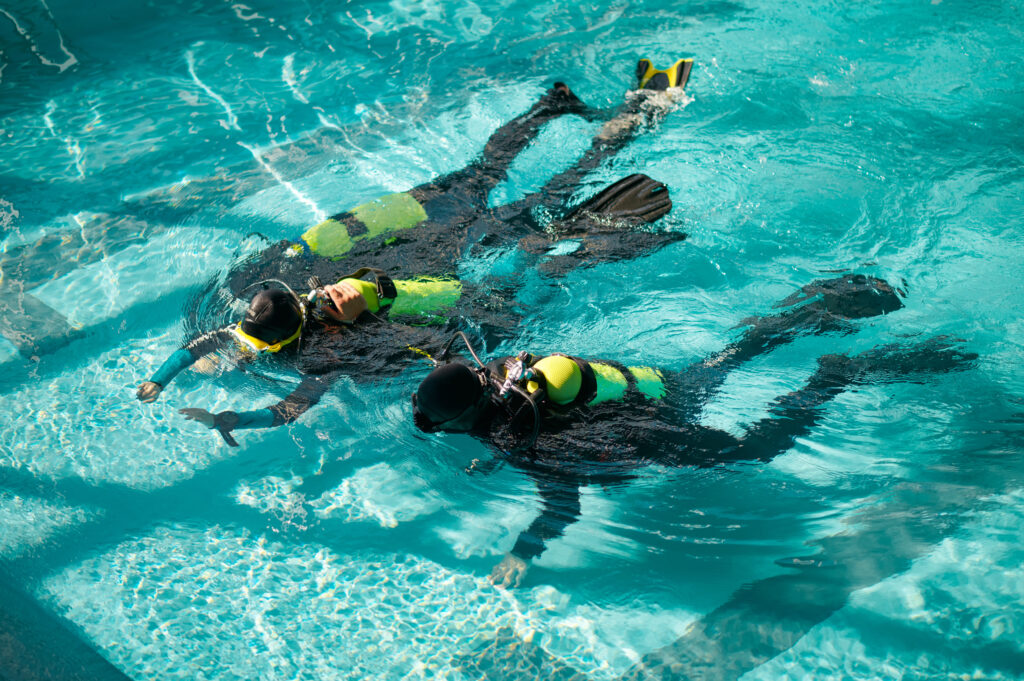What is a Decompression Algorithm?

A decompression algorithm is a crucial component in scuba diving, designed to calculate the safest ascent profile for divers to avoid decompression sickness (DCS), commonly known as “the bends.” These algorithms predict how inert gases, such as nitrogen, absorbed by the body’s tissues under pressure, are safely released during ascent. By determining the rate at which a diver should ascend and incorporating safety stops, decompression algorithms play an essential role in enhancing diver safety. Their development and refinement are grounded in extensive research, physiological understanding, and technological advancements in diving equipment.
What is a Recreational Dive Planner (RDP)?

What is a Recreational Dive Planner (RDP)? The Recreational Dive Planner (RDP) is a decompression table developed by the Diving Science and Technology Corporation (DSAT) to facilitate safe and efficient planning of no-stop recreational scuba dives. DSAT, an affiliate of the Professional Association of Diving Instructors (PADI), is dedicated to the advancement of diving safety […]
What is Hypoventilation?

Hypoventilation, a crucial concept in scuba diving, refers to a reduced rate or depth of breathing that results in inadequate ventilation and increased levels of carbon dioxide (CO2) in the blood. Understanding hypoventilation is essential for scuba divers, as it directly impacts their safety and overall diving experience. In the underwater environment, where divers are subject to various physical and physiological stressors, maintaining proper breathing patterns is vital to avoid complications such as hypercapnia and its associated risks. This entry will delve into the physiology of breathing underwater, the mechanisms and causes of hypoventilation, its effects on divers, and best practices for prevention and management.
What is Freediving?

Freediving, also known as breath-hold diving or apnea, is an underwater activity that involves diving without the aid of scuba equipment or artificial breathing apparatus.
What is a Patent Foramen Ovale?

A Patent Foramen Ovale (PFO) is a small, flap-like opening between the right and left atria of the heart that fails to close naturally after birth. During fetal development, this opening is essential for allowing oxygen-rich blood from the mother to bypass the non-functioning fetal lungs. Normally, the foramen ovale closes shortly after birth as the baby’s lungs take over oxygenation. However, in about 25-30% of the population, this opening remains partially or completely open, resulting in a PFO. This condition is usually benign and asymptomatic, meaning most people with a PFO are unaware of its presence. However, in certain situations, such as during scuba diving, the existence of a PFO can have significant implications, making it a topic of interest for divers and medical professionals alike.
What is Half Time?

Half time in scuba diving is a critical concept used to understand and manage the absorption and release of inert gases in the body during diving activities. Specifically, it refers to the time it takes for a particular tissue compartment in the body to absorb or eliminate half of the difference between the existing level of inert gas and the new equilibrium level. This concept is foundational for safe diving practices as it aids in determining appropriate decompression procedures to avoid conditions like decompression sickness (DCS).
What is Panic when Scuba Diving?

Panic in scuba diving refers to a sudden and overwhelming feeling of fear or anxiety that can severely impair a diver’s ability to think clearly and act appropriately. It is a critical issue in the sport because it can lead to dangerous situations underwater, where the margin for error is slim. Understanding panic is crucial for divers to ensure their safety and the safety of others. This entry examines the causes, symptoms, consequences, prevention strategies, and management techniques related to panic in scuba diving.
What is a Dive Profile?

What is a Dive Profile? A dive profile is a detailed plan that outlines the depth and duration of a scuba dive, including the rates of descent and ascent, and any necessary decompression stops. It is a crucial element in scuba diving that ensures safety by managing the diver’s exposure to pressure changes and the […]
What is a Pressure Gradient?

In scuba diving, understanding the concept of a pressure gradient is crucial for ensuring safety and effective dive planning. A pressure gradient refers to the change in pressure per unit distance within a fluid. In the context of diving, this typically means the variation in water pressure as a diver moves vertically through the water column. This phenomenon is essential because it affects everything from buoyancy control to the physiological impacts on the diver’s body.
What is Cyanosis?

Cyanosis refers to a bluish discoloration of the skin and mucous membranes caused by an insufficient level of oxygen in the blood. This condition can signal underlying health issues, particularly those related to respiratory and circulatory systems. In scuba diving, cyanosis is a critical indicator that a diver might be experiencing hypoxia, a dangerous reduction in oxygen levels. Recognizing and understanding cyanosis is vital for ensuring diver safety, as it can be a precursor to more severe conditions if not promptly addressed.
